
This article is created by The Better India and sponsored by WingifyEarth
Dr Lal Singh, scientist and founder director of Himalayan Research Group in Shimla, innovated the Solar Hamam to help people across villages have access to warm water throughout the day.
It all started when Dr Lal Singh decided to use his scientific knowledge — from years of research in analysing issues in rural and geographically difficult areas of the Himalayas — to offer grassroots innovative solutions.
With this intention in mind, in 1997, he founded the NGO Himalayan Research Group (HRG) in Shimla.
On interacting with the women living in the Maigal village, located in the remote areas of Himachal Pradesh, he realised that they were in dire need of cash in hand. So, supported by KVIB and SEED-DST, the HRG’s team of scientists set up mushroom compost units in the year 2000, helping the women earn quick money.
But despite availing of sustainable employment, the women would often be late for the training sessions and sometimes be absent.
“It became a frequent scenario across villages. They said they were collecting firewood from the forest or seeking fodder for cattle. The case was particularly concerning for villages located 2,000 metres above in the mountains,” says Dr Lal.
After digging deeper into the issue, he realised that the absence was, interestingly, connected to the inaccessibility of hot water.
Dhaneshwari Devi, a resident of the village, explains, “At any given time, the water temperature is between 7 and 12 degrees Celsius. We need warm water not just for chores and bathing, but also to feed the cows, cook, and even drink throughout the day.”
This situation is what eventually led Dr Lal to come up with the Solar Hamam, which warms water within minutes and works all day, providing much-needed respite to the villagers.
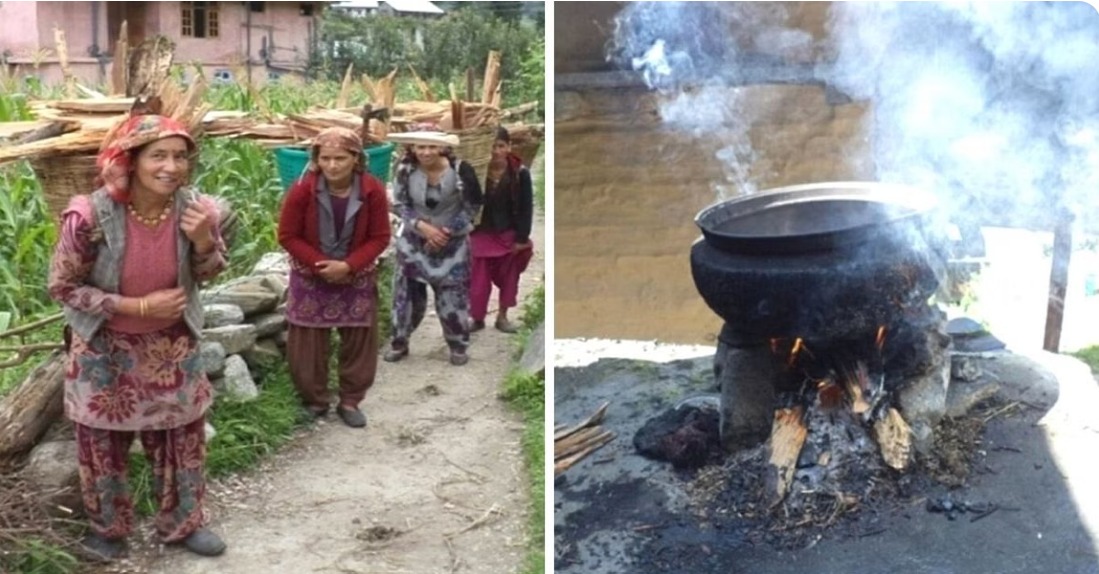
Women in remote areas of Himachal previously walked to the forest often to collect firewood to heat water in extreme cold.
A harrowing struggle for warm water
Elaborating on the need for this innovation, Dr Lal says that in these remote areas, there is little to no electricity at all times. So the villagers chop down forest trees to gather wood to use as fuel to heat water.
“The fire at the chulha, a traditional stove, was always burning with a water heating pot that kept warm water. The women would remove the pot and replace it with other utensils while cooking. Then, the pot would go back on after the meal was complete. The family members would use the warm water from the pot for drinking, washing hands, and making tea,” he says.
Further research revealed that only 30 to 40 percent of the wood collected was used for cooking purposes, while around 60 percent was used just for heating the water and space in their homes.
“The village residents did not use LPG apart from warming food or preparing tea. They entirely depended on the fireplace,” says Dr Lal, adding that even though they could afford to buy solar water heating systems, “The water in the pipes would freeze and burst the channels. New parts of the branded solar heating system would require almost a month, and there were additional expenses to maintain and repair.”

The Solar Hamam was innovated by Dr Lal Singh to help the villagers to get access to warm water all day.
Solar-powered water heater to the rescue
Since the introduction of the Solar Hamam in 2005, the villagers have had access to warm water all day.
The Solar Hamam is a wooden frame housing an absorber sheet made using galvanised iron, which is insulated with styrofoam in the rear. The sun-facing side has an aluminium alloy water coil with a capacity of 18 litres. The water coil and the absorber sheet are coated with black paint to absorb solar energy. The sun-facing side is further fitted with a 3.5 mm window glass.
To operate the device, water is poured from the top left end of the pipe. After a waiting time of around 15 minutes, warm water (80 degrees Celsius) is released from the bottom right side of the exit.
“It has undergone a couple of iterations over the years to improve efficiency, enabling it to work even at -20 degrees Celsius. The first batch takes about 45 minutes to heat as the pipes absorb sun rays, but the consecutive batches release in 15–20 minutes. The villagers have to ensure that no water remains in the pipes by the end of the day to prevent freezing and bursting of pipes,” says Dr Lal.
Dhaneshwari shares, “I have been using the water heater for five years and have never been so happy. I use the sun to warm water without needing electricity or burning wood. The water is used for cooking, washing clothes, and doing farm work, without inhaling toxic fumes from fuelwood and harming my lungs.”
The water heater is priced at Rs 12,000 and is being funded by the central and state governments under different schemes. Over 6,000 people in over 60 villages have benefited from them, so far.
The villagers receive them free of cost, but to hold them accountable, they are expected to provide the wooden frames for the device. Furthermore, 30 trained artisans from the village manufacture the solar device, hence generating local employment.
For his innovation, Dr Lal was awarded the HP State Innovation Award in 2016-17 and the Jamnalal Bajaj Award for Application of Science and Technology for Rural Development in 2021.
He claims, “The water heaters help save 40 percent of fuelwood, which amounts to annual emissions of 2.5 metric tonnes of CO2,” adding that reducing wood consumption is crucial to maintaining and conserving biodiversity elements in forests near the villages.

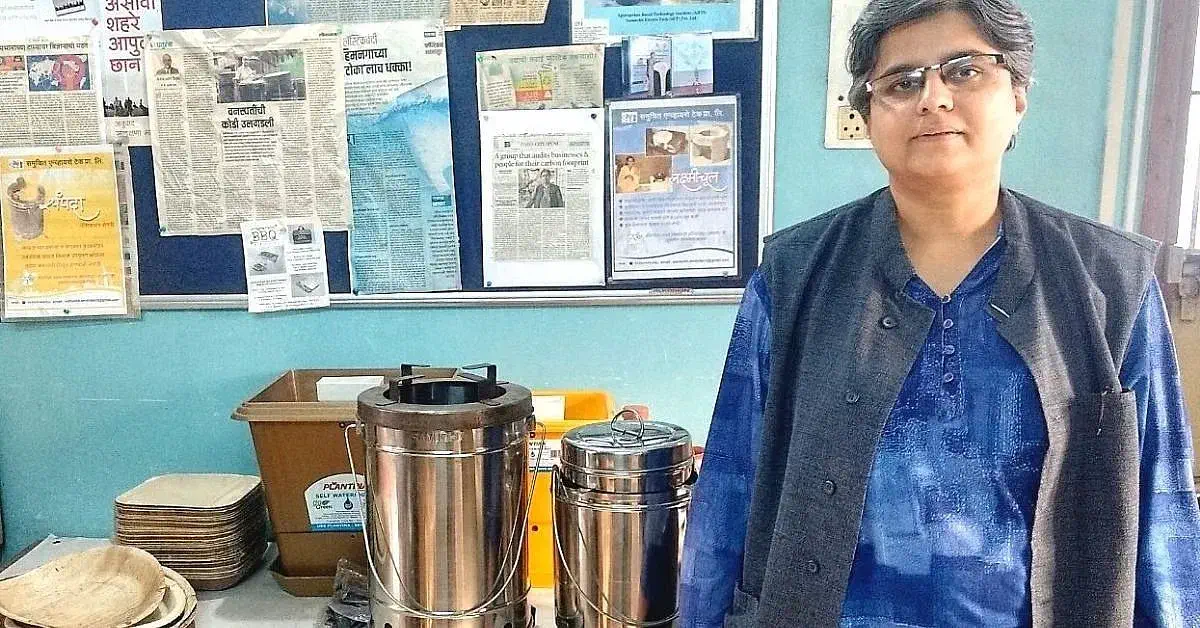
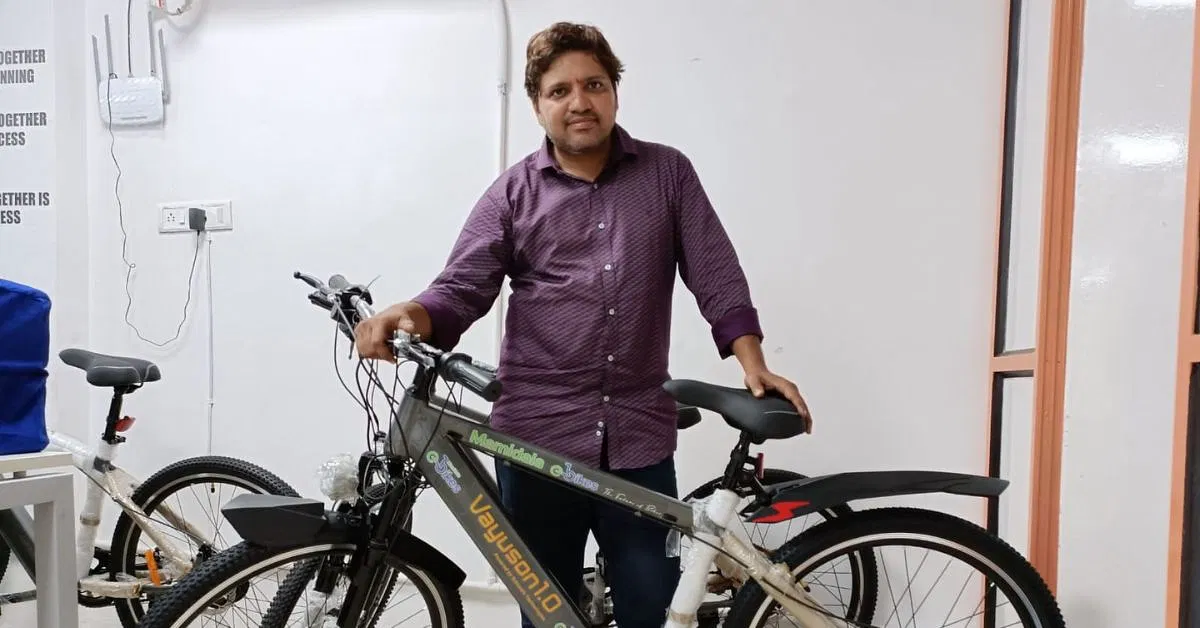
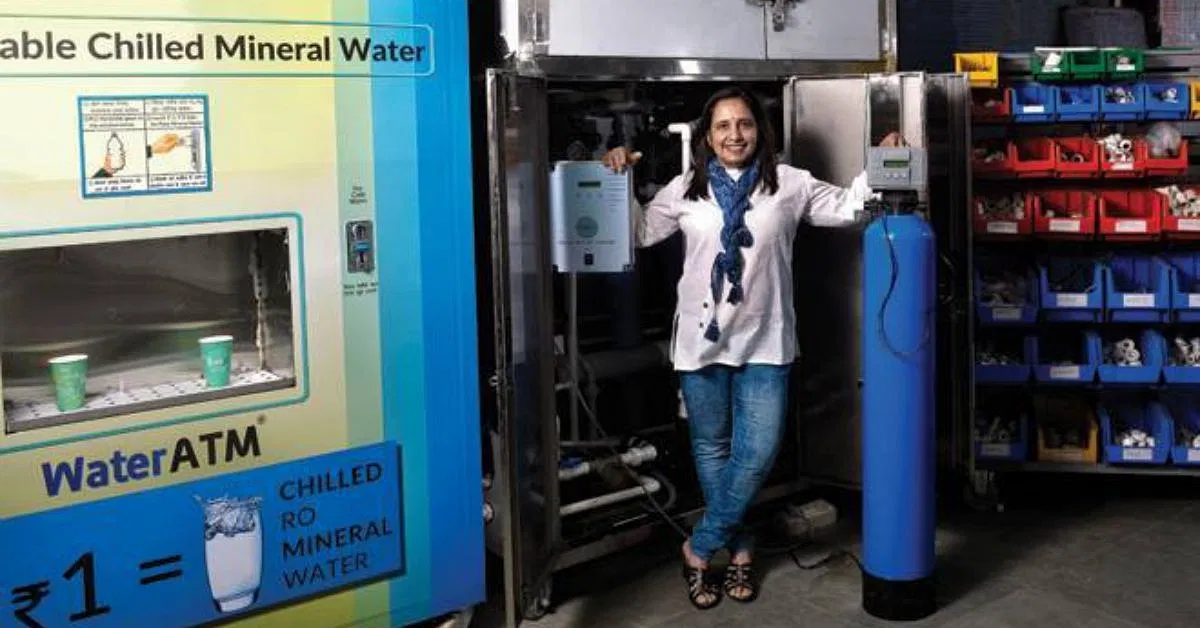
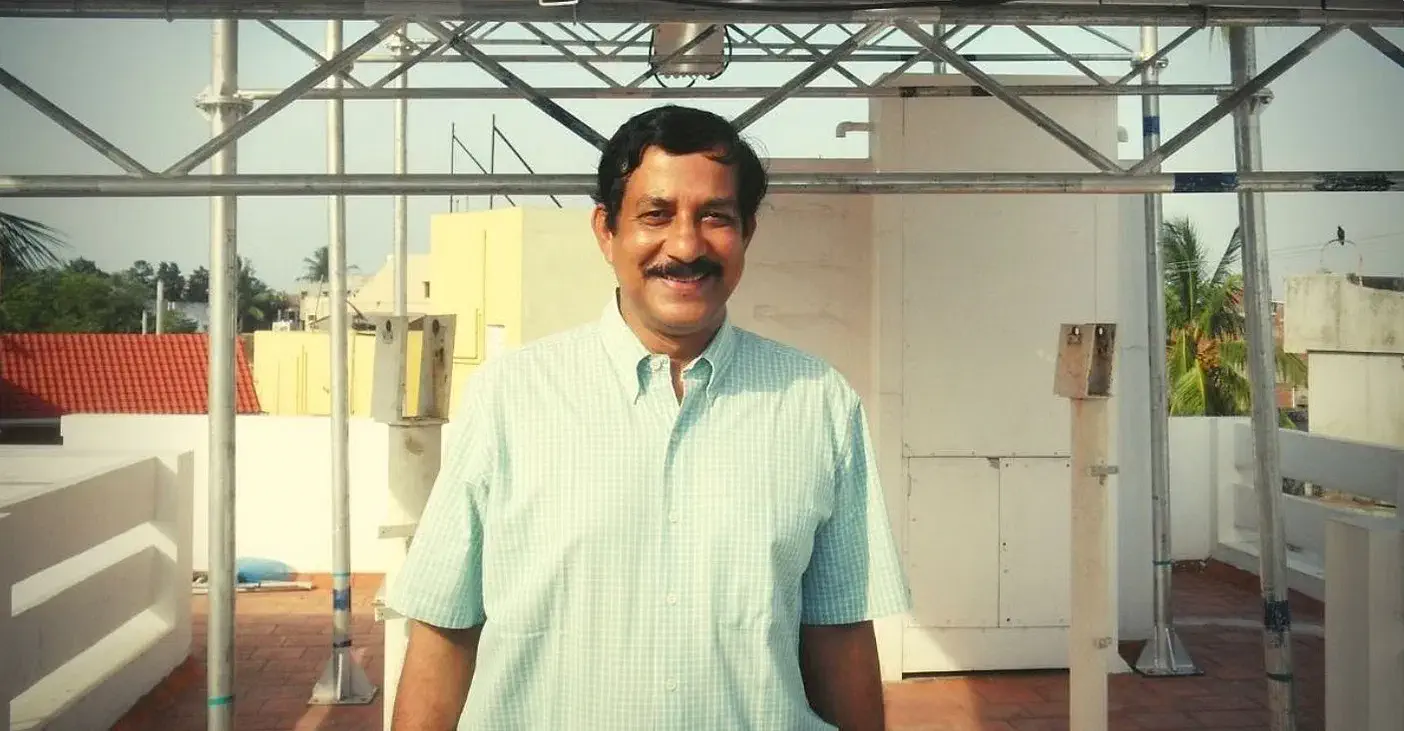
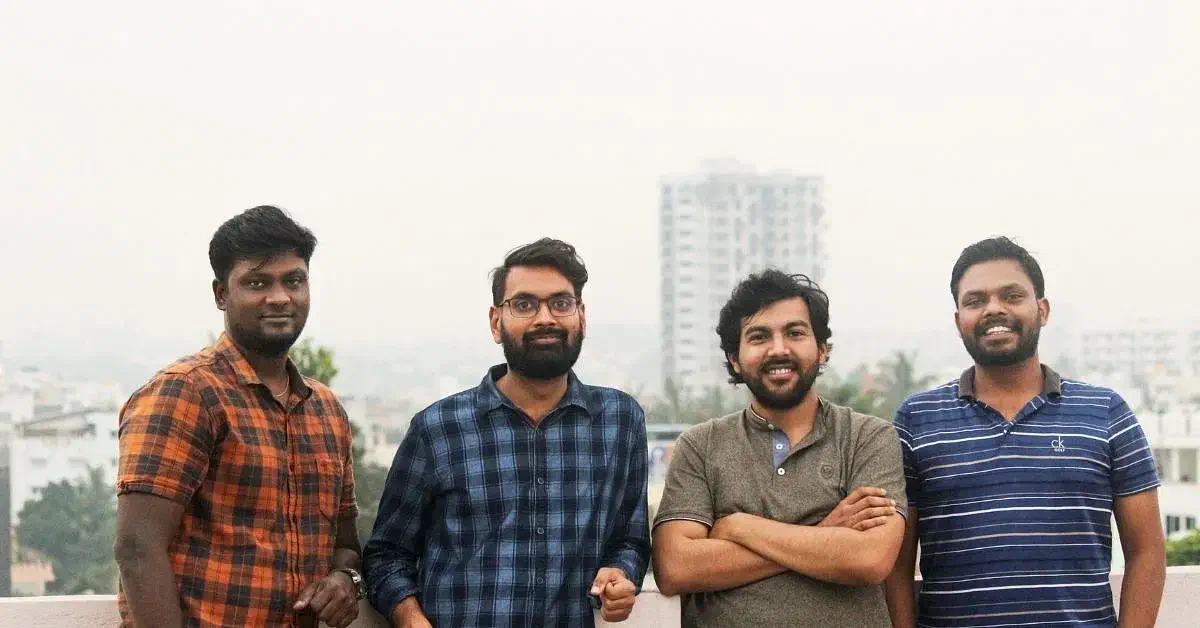
Leave A Comment
Your email address will not be published. Required fields are marked.